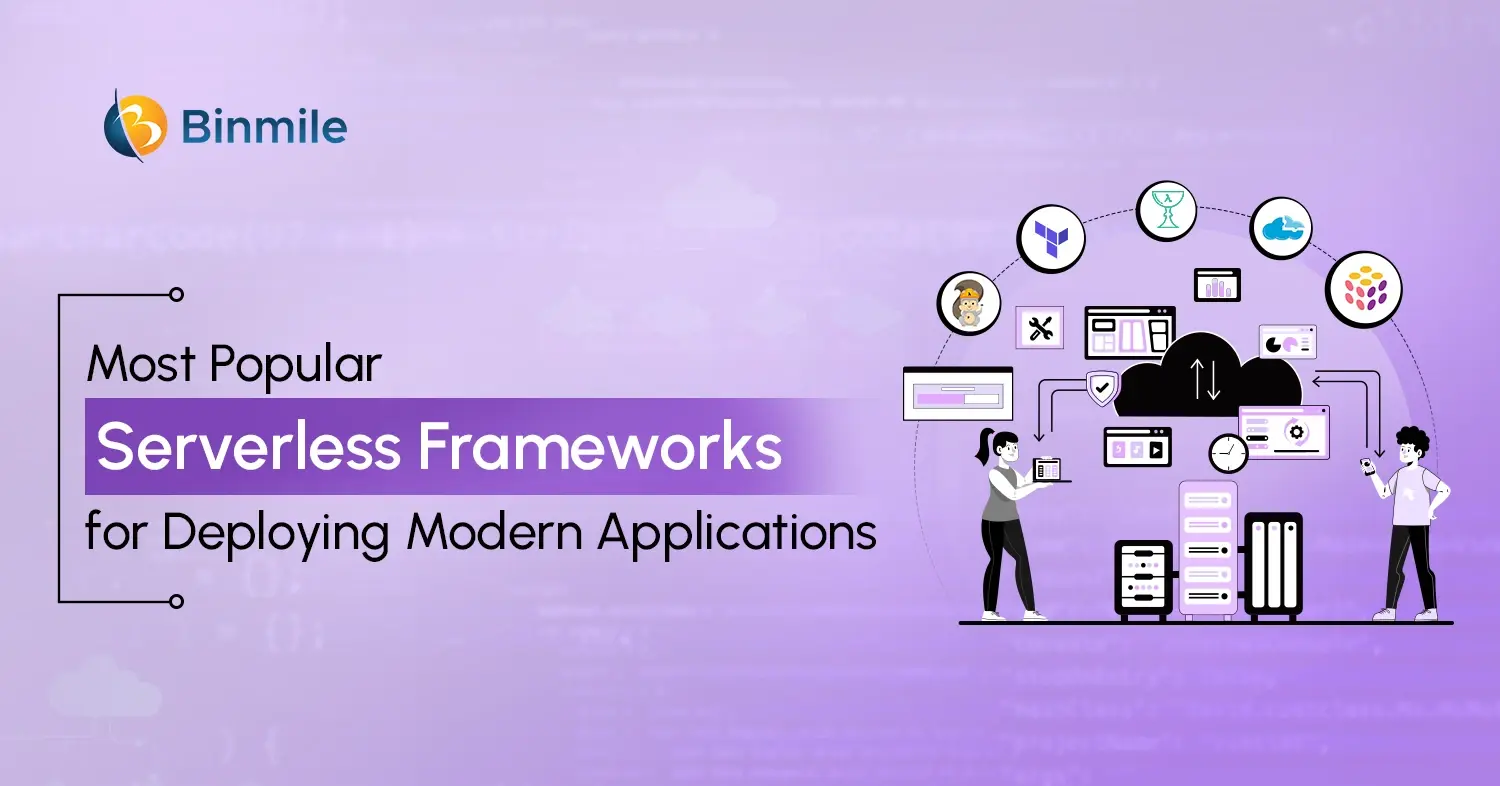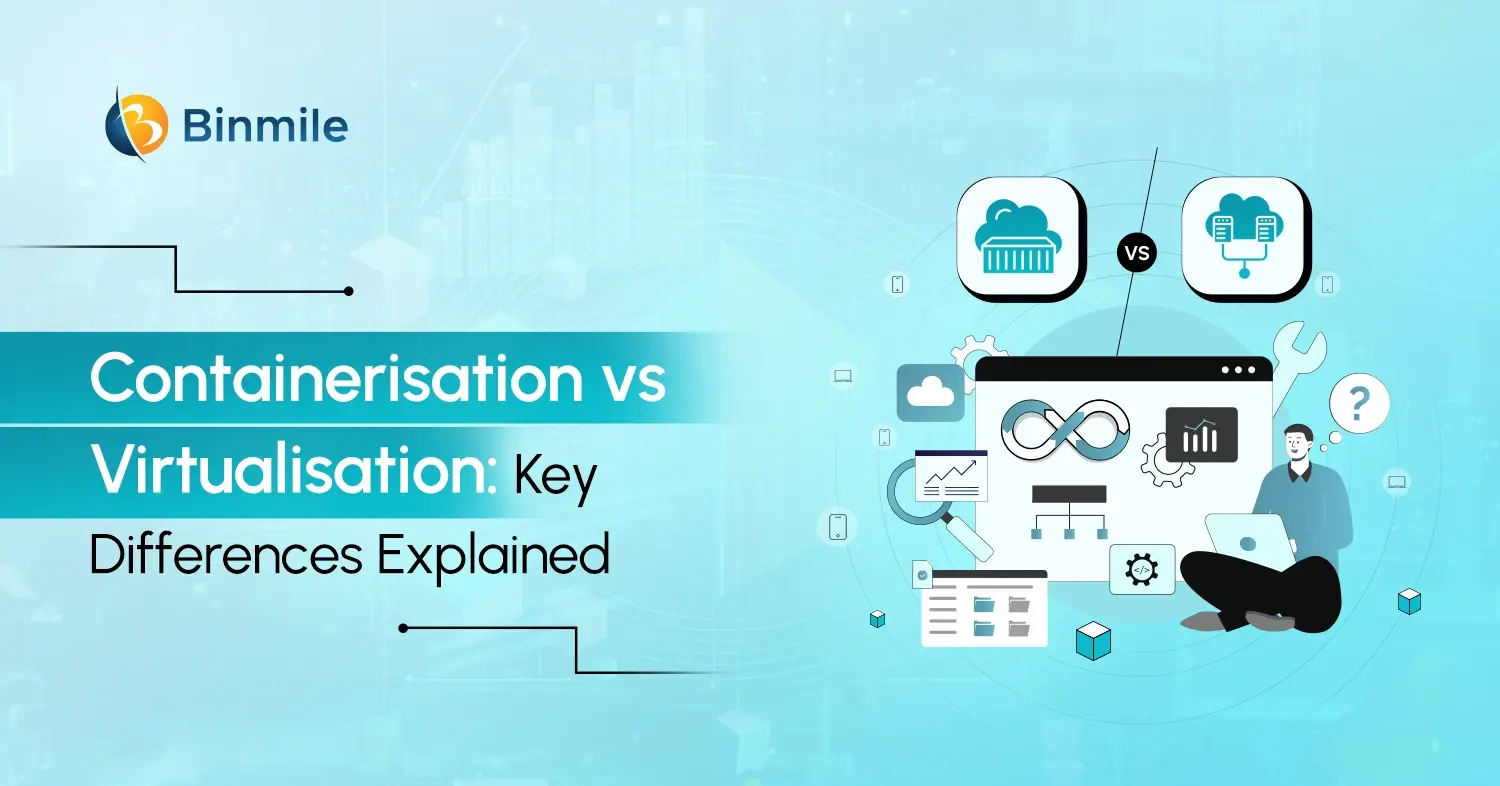It is essential to take one footstep back and acknowledge the larger context in which both things occur when it comes to an understanding of the connection between Cloud and DevOps. Cloud and DevOps are autonomous but mutually have supportive strategies for delivering business value through IT. Cloud and DevOps possibly become all-rounder, but businesses require a great discipline to craft a strategy that leads to stability and constancy. It is fascinating for project teams to select a modern technology or choose a cloud vendor with an easy interface. There are many reasons to think about business services along with their operations and involved complexities. Let’s take a deep look to know more about Cloud and DevOps.
DevOps is a complete set of practices that bring the teams of development engineers together with operations, growing communication, and collaboration. DevOps Development allows you to take a comprehensive outlook of the app management lifecycle. Such practices permit updating the applications while keeping them robust and transforming new features with comfort. The concept of DevOps originates from strategies like agile and lean. The requirement for DevOps constitutes a higher degree of collaboration between developers and operations teams. Cloud computing forces DevOps into mainstream adoption because it significantly streamlined the process and increased team collaboration. In addition to this, cloud service providers even start offering products that focus on a DevOps workflow.
First, understand how to approach DevOps without cloud computing and their best practices while conducting DevOps in a cloud environment.
Best Practices of Cloud and DevOps
There are numerous Cloud and DevOps practices like continuous integration and delivery. Data availability across design, deployment and development teams make a synergy among all the members, allowing all-in-one collaboration.
Continuous Integration
Due to the availability of the application’s codebase and resources in a central cloud source, continuous integration, developers add code to change into a source, with resulting test that automatically performed. However, such practice allows developers to easily search issues in the code and execute the right quality assurance measures. Also, it reduces the time that includes integrating a new process into the application.
Continuous Delivery
It refers to creating and preparing an application for issues that appears after new additions are finished. Every code change and test remove bugs and rectify other problems with the application. Also, such practice is consistently automated and tested over a quality check process to create deployment systematized. It develops continuous integration by extending further down the product pipeline.
Automating Application Deployment
Application deployment is consistently automated using cloud services. It is meant to use together with continuous integration and delivery practices. A comprehensive automated deployment pipeline can develop by using these practices. This automated pipeline offers many benefits, like faster time-to-market and integration of new features. It removes the issues that come while arranging the new procedure of application along with updates.
Continuous QA
QA is the most important part of Cloud and DevOps strategy, with several other approaches ranking accountability at each step. QA processes are also automated and using cloud service providers, production test with qualified ease. The path of DevOps to the cloud is provisioning so that developers change quality testing on virtual machines and use cloud resources to secure application quality earlier than deployment. These are conducted as a part of DevOps workflow.
Automated Performance Testing
In the cloud, automated performance testing is a function of application design. Several performance issues are verified before going for production, or users find it. However, it is a large part of automated testing in the DevOps stream. For cloud providers it’s very important to attempt to account for performances that issue automatically with more added resources.

Automated performance testing permits to give the best performance and use the resources effectively. However, these tests mesh with existing constancy and accuracy testing. Also, existing testing is accessible for APIs and user interfaces.
Infrastructure as Code
As a code, it is a representative of carrying together development practices and cloud deployments. The application’s back-end set-up can only build by using APIs and code-based tools presented by cloud service providers. It allows developers to check the infrastructure. So, it handles application code and Cloud deployments remove the requirement to arrange and organize resources manually.
Cloud and DevOps deliver an excellent opportunity for consultations to appreciate various potential benefits ranging from compact operations costs to increase agility and faster application/issue deployment.









